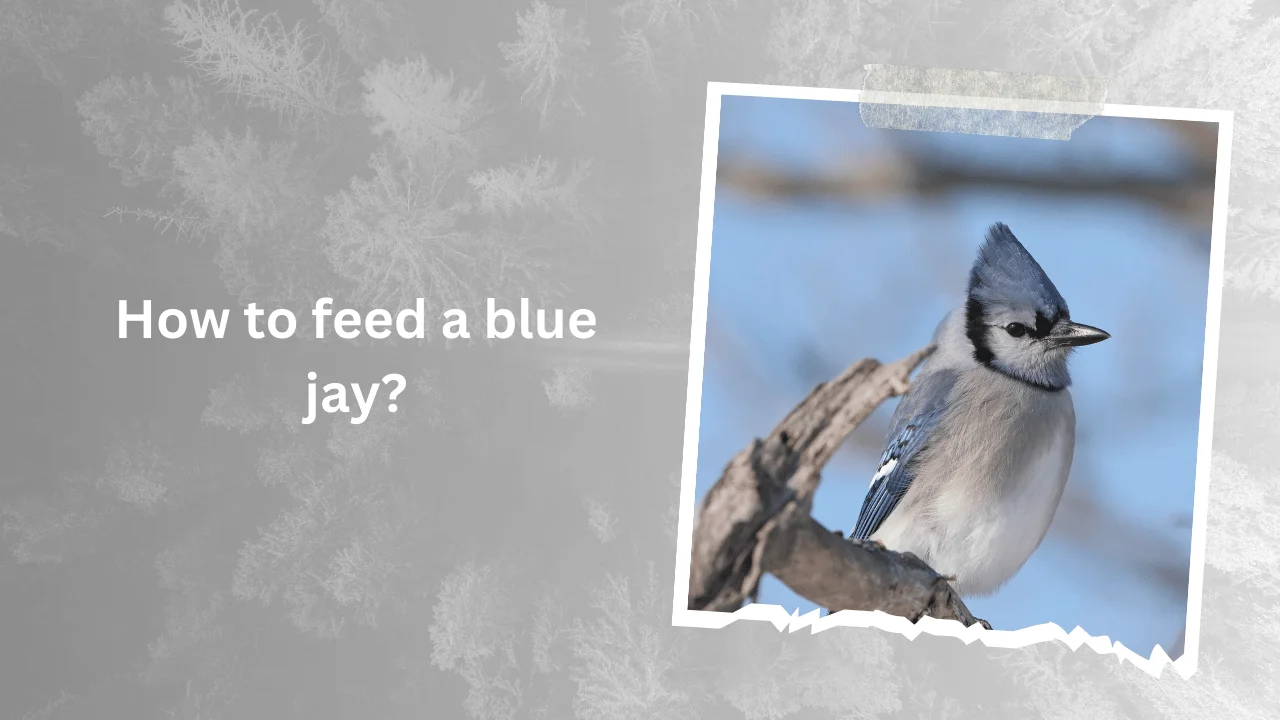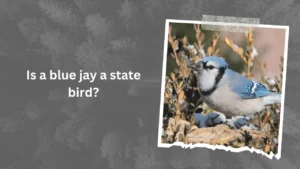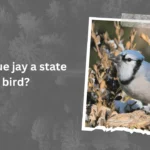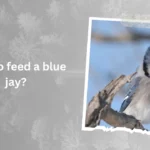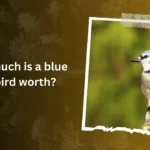Have you ever watched a flash of blue streak across your yard, leaving behind a cacophony of calls that sound suspiciously like a sassy scolding?
That, my friend, is a Blue Jay, a stunning bird with a personality as bold as its plumage. But these intelligent creatures aren’t just a visual and auditory treat; they’re also fascinating members of the local ecosystem.
Now, imagine this: you step outside one morning and see a Blue Jay perched on your feeder, happily digging into a delicious snack. Sounds pretty cool, right? But attracting these vibrant birds requires a bit more than just throwing out some breadcrumbs.
In this blog post, we’ll crack the code on feeding Blue Jays.
We’ll delve into their natural diet, explore the best food choices and feeder options, and discover how to create a safe and inviting environment for these feathered guests. By the end, you’ll be well on your way to hosting your very own backyard Blue Jay banquet!
Contents
Understanding Blue Jay Diet
Blue jays are omnivorous, meaning they eat both plant and animal matter. Their natural diet consists of a variety of foods, including insects, seeds, nuts, and fruits. They play a crucial role in seed dispersal, helping to regenerate forests.
To maintain optimal health, blue jays require a balanced diet rich in proteins, fats, and carbohydrates. Insects provide essential protein, while seeds and nuts offer healthy fats and carbohydrates.
The seasonal variations in food availability influence a blue jay’s diet. During the breeding season, they rely heavily on insects to feed their young. In the fall and winter, they consume more seeds and nuts to store energy for the colder months.
Choosing the Right Bird Feeder
The type of bird feeder you choose can significantly impact the types of birds you attract. For blue jays, hopper feeders and platform feeders are ideal.
Hopper feeders can be filled with a variety of seeds, while platform feeders are perfect for larger items like peanuts and suet.
When placing your feeder, choose a location that is easily accessible to birds but protected from predators. Avoid placing feeders near windows to prevent bird strikes. Clean your feeders regularly to prevent the spread of diseases.
Selecting the Best Birdseed
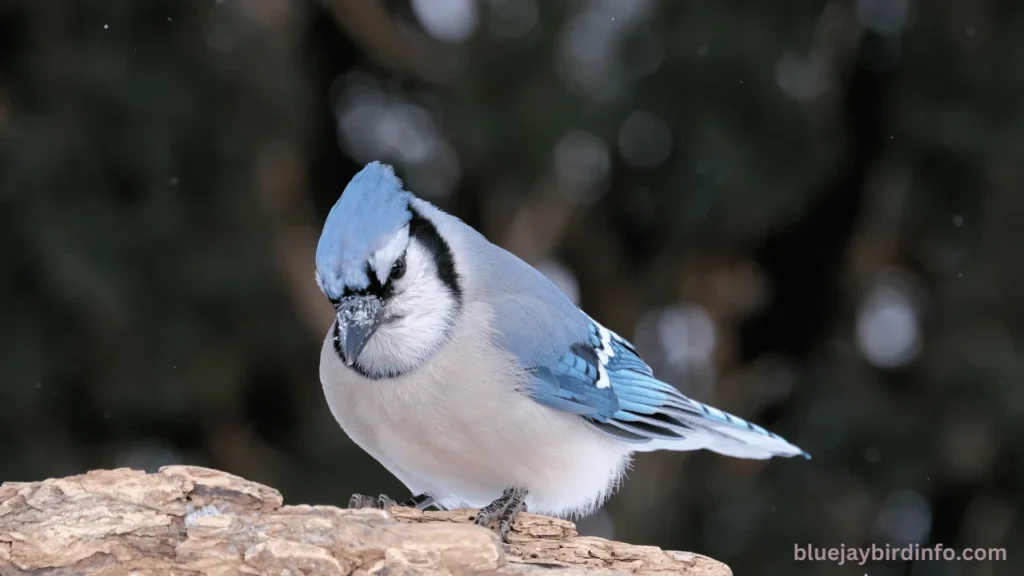
To attract blue jays, offer a variety of high-quality birdseed. Black oil sunflower seeds are a popular choice, as they are a favorite of many bird species, including blue jays.
Peanuts are another excellent option, as they provide a rich source of protein and fat. Suet is a high-energy food that can be especially beneficial during the winter months.
Avoid offering bread, salt, or moldy seeds to birds. These foods can be harmful and may attract unwanted pests.
Creating a Safe Feeding Environment
To ensure the safety of your feathered visitors, it’s important to take steps to protect them from predators. Consider using baffles to deter squirrels and other rodents from accessing the feeder.
You may also want to invest in a squirrel-proof feeder with special features to keep these persistent pests at bay.
Maintaining clean feeders is crucial to prevent the spread of diseases. Regularly clean and disinfect your feeders to remove any mold, mildew, or bacteria.
Providing a water source is essential for birds, especially during hot, dry weather. A simple birdbath or a shallow dish filled with fresh water can attract a variety of birds, including blue jays.
Ethical Considerations and Environmental Impact
While feeding birds can be a rewarding experience, it’s important to do so responsibly. Avoid overfeeding birds, as this can lead to unhealthy weight gain and dependence on human-provided food.
To minimize environmental impact, clean up any spilled seeds and dispose of them properly.
Avoid using pesticides and herbicides in your yard, as these can harm birds and other wildlife.
By following these guidelines, you can create a safe and enjoyable feeding environment for blue jays and other backyard birds. Remember, birdwatching is a wonderful way to connect with nature and appreciate the beauty of the natural world.
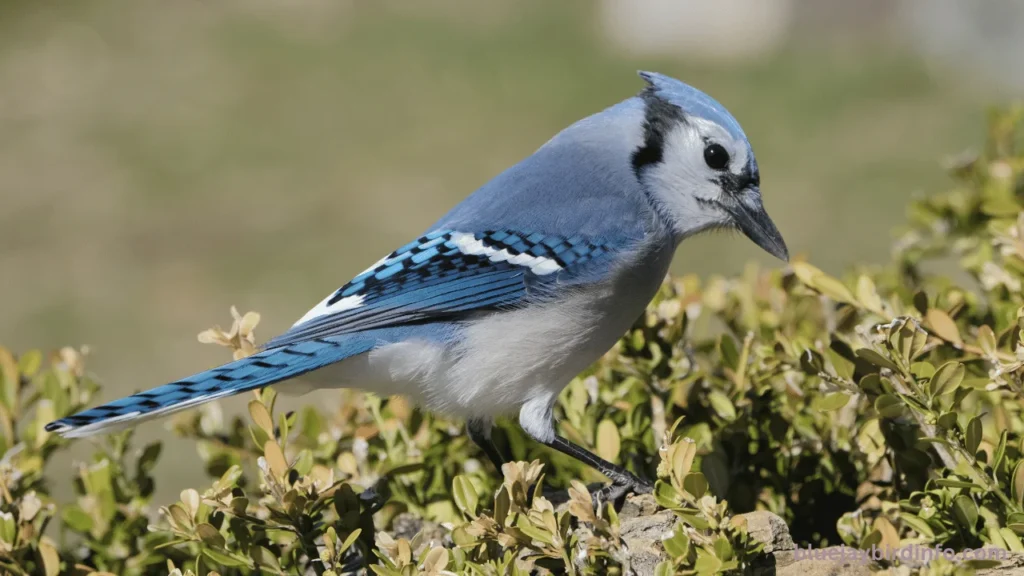
Conclusion
By understanding the dietary needs and preferences of blue jays, we can create inviting backyard habitats that attract these beautiful birds.
By providing the right food, water, and shelter, we can contribute to their well-being and enjoy the joy of birdwatching.
Remember, responsible bird feeding is key to ensuring the health and sustainability of bird populations.
FAQ’s
Are blue jays messy eaters?
Yes, blue jays can be messy eaters. They often drop seeds and create a mess around feeders. Regular cleaning is essential to prevent the spread of diseases.
Can I feed blue jays year-round?
While you can feed blue jays year-round, it’s especially important during the winter months when natural food sources may be scarce.
Are there any specific times of day when blue jays are more active?
Blue jays are most active during the morning and evening hours. They are less active during the hottest parts of the day.
Can I attract blue jays with specific plants?
Planting native plants that produce berries and seeds, such as dogwood, viburnum, and oak trees, can attract blue jays to your yard.
How can I deter squirrels from my bird feeders?
To deter squirrels, consider using squirrel-proof feeders with baffles or cages. You can also try using different types of birdseed that squirrels are less likely to eat, such as thistle seed.
Is it harmful to touch a baby blue jay?
It’s best to avoid handling baby birds. If you find a baby bird that appears injured or orphaned, contact a local wildlife rehabilitation center for assistance.

